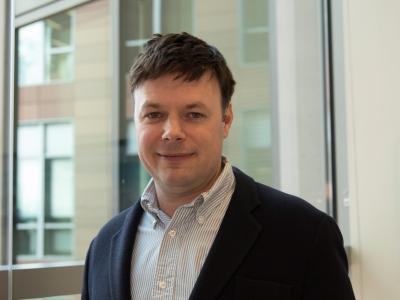Mechanisms of schizophrenia
Kasper Lage’s project is receiving a grant of DKK 50 million from The Lundbeck Foundation

Schizophrenia is caused by an extremely complex interaction between heredity and environment – between genetics and external influences.
In reality, a gene is a recipe for a protein, and Kasper Lage aims to investigate how the proteins that these genes are able to express affect each other in the case of schizophrenia.
However, the first step is to map the networks in which the involved genes occur, in order to acquire knowledge that could potentially be used to design new therapies for treating schizophrenia.
This is done in the laboratory by producing billions of cells that react like human neurons in a number of significant respects.
With the help of sophisticated computations, it is then possible to show how the genes interact – and map the networks of the proteins.
Kasper Lage is a bioinformatician, and for many years he lived in the USA where he conducted research at the Broad Institute and Harvard Medical School.
While there, he retained research links to the Institute for Biological Psychiatry, which is part of the Mental Health Services in the Capital Region of Denmark.
From now on, due to the DKK 50 million Collaborative Projects grant he has just received, Kasper Lage will be based in Denmark. He will conduct his research at the Institute for Biological Psychiatry but will continue to collaborate with the Broad Institute and Harvard Medical School.
This collaboration will ensure that Kasper Lage and his colleagues have access to crucial technological platforms at the US research institutions.
Kasper Lage’s co-applicants and partners are:
Professor Thomas Werge, Mental Health Services in the Capital Region of Denmark; Professor Kevin C. Eggan, Harvard University, USA; and Associate Professor Agnete Kirkeby, Department of Neuroscience, University of Copenhagen.
Agnete Kirkeby will perform the cell analyses which will form the basis for mapping the genetic networks and protein interactions underlying schizophrenia.